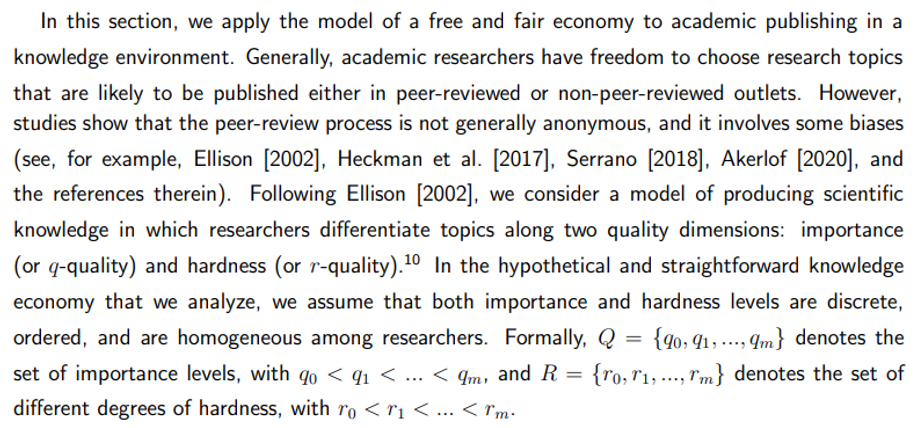Tony Kim
Oct 10, 2025 17:14
NVIDIA introduces a self-corrective AI log analysis system using multi-agent architecture and RAG technology, enhancing debugging and root cause detection for QA and DevOps teams.
NVIDIA has announced a new AI-powered log analysis system using a multi-agent, self-corrective Retrieval-Augmented Generation (RAG) framework, according to NVIDIA. This innovative solution aims to streamline the process of diagnosing and resolving issues in complex IT environments by turning vast amounts of log data into actionable insights.
Addressing Log Analysis Challenges
Logs are integral to modern system monitoring, but their sheer volume can make them daunting to analyze. As systems scale, logs can become overwhelming, often resembling endless walls of text. NVIDIA’s new system leverages AI to automate log parsing, relevance grading, and query self-correction, helping teams quickly identify the root causes of issues such as timeouts or misconfigurations.
Target Users of the System
The log analysis agent is particularly beneficial for various teams:
- QA and Test Automation Teams: These teams can utilize the system for log summarization and root-cause detection, aiding in pinpointing issues with test logic or unexpected behaviors.
- Engineering and DevOps Teams: By unifying heterogeneous log sources, the system facilitates faster root-cause discovery, reducing the time spent on troubleshooting.
- CloudOps and ITOps Teams: The AI-driven analysis supports cross-service log ingestion and early anomaly detection, crucial for managing complex cloud environments.
- Platform and Observability Managers: The system provides clear, actionable summaries rather than raw data, aiding in prioritizing fixes and enhancing product experiences.
Innovative Architecture and Components
At the heart of NVIDIA’s system is a multi-agent RAG architecture that employs large language models (LLMs). The workflow integrates:
- Hybrid Retrieval: Combining BM25 for lexical matching with FAISS vector store for semantic similarity using NVIDIA NeMo Retriever embeddings.
- Reranking: Utilizing NeMo Retriever to prioritize the most relevant log lines.
- Grading: Scoring log snippets for contextual relevance.
- Generation: Producing context-aware answers instead of raw data dumps.
- Self-Correction Loop: The system rewrites queries and retries if initial results are inadequate.
Multi-Agent Intelligence
The system’s architecture is designed as a directed graph, where each node represents a specialized agent handling tasks like retrieval, reranking, grading, and generation. Conditional edges within the graph ensure adaptability and dynamic decision-making, allowing the system to loop back for self-correction when necessary.
Expanding the System’s Capabilities
The modular design of NVIDIA’s log analysis system allows for customization and extensions. Users can fine-tune LLMs, adapt the system for specific industries like cybersecurity, or apply it across domains such as QA, DevOps, and observability. The system also holds potential for bug reproduction automation and the development of observability dashboards.
Implications for IT Operations
By transforming unstructured logs into actionable insights, NVIDIA’s log analysis system significantly reduces the mean time to resolve (MTTR) issues, enhancing developer productivity and making debugging more efficient. The technology not only supports faster problem diagnosis but also provides smarter root cause detection with contextual answers.
Image source: Shutterstock
Source: https://blockchain.news/news/nvidia-ai-log-analysis-system-multi-agent-architecture


